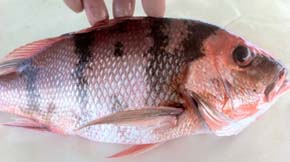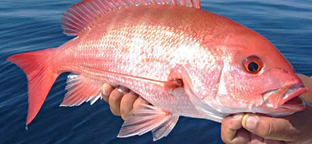“In 25 years of fishing off Louisiana, I've never seen fish before
with this ugly blackness and the fish die.”
- Gulf fisherman


Reprint April 18, 2012 / May 26, 2011 Milton, Florida, and Baton Rouge, Louisiana - A year ago on April 20, 2010, the BP Deepwater Horizon oil rig blew up killing 11 workers on the platform. Nearly a mile below the rig, the Macondo well erupted. Between that day and four months later at the end of July 2010, at least 206,000,000 gallons of crude oil gushed uncontrollably into the Gulf of Mexico, while 770,000 gallons of Corexit were pumped and sprayed into the Gulf to allegedly “disperse” BP's massive oil slick.
Click here to subscribe and get instant access to read this report.
Click here to check your existing subscription status.
Existing members, login below:
© 1998 - 2025 by Linda Moulton Howe.
All Rights Reserved.

